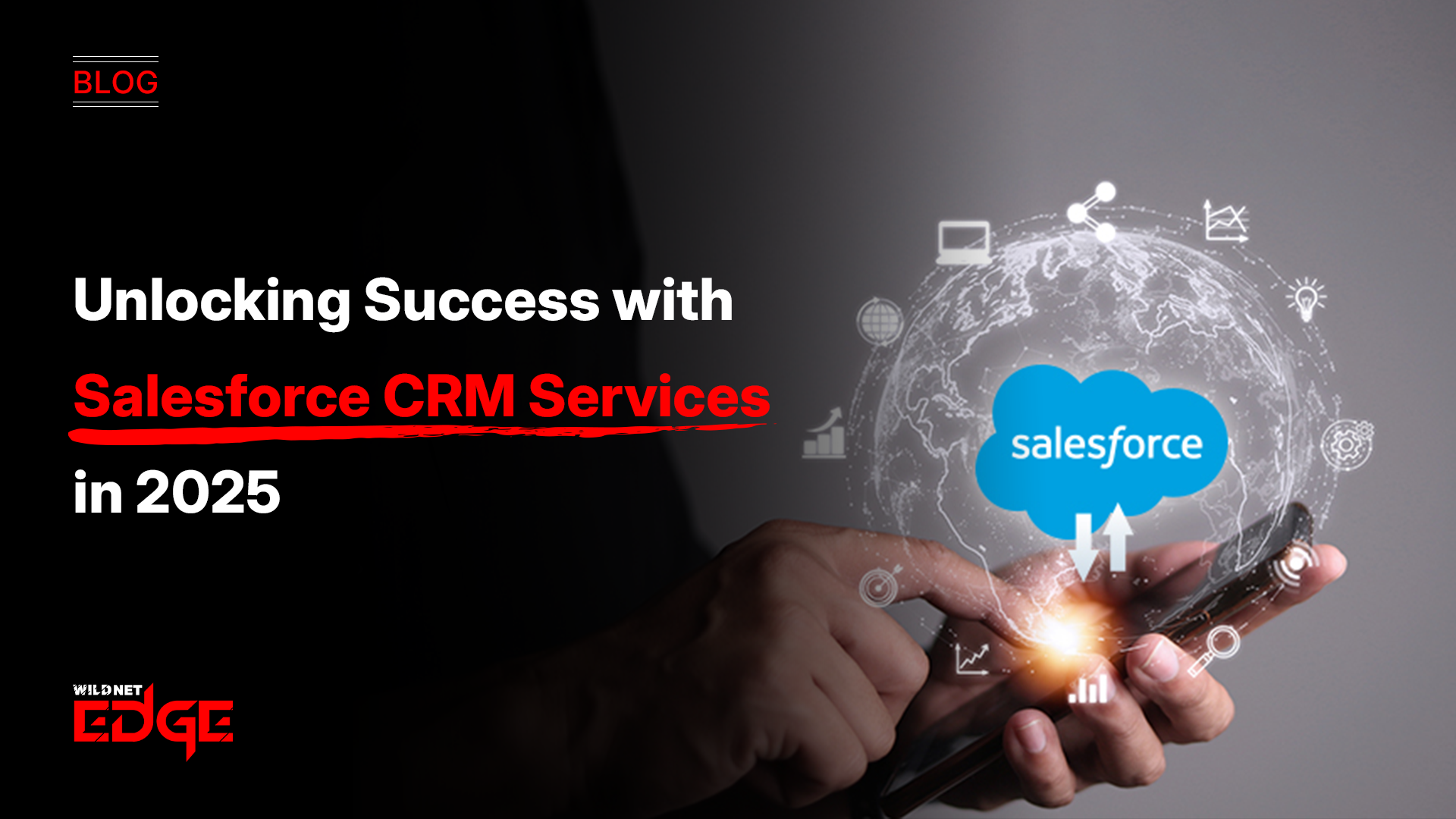TL;DR
This article provides a strategic framework for estimating custom software development costs, explaining that the price is directly tied to the project’s scope, complexity, and the team’s expertise. It details the primary cost drivers, including feature set, UI/UX design intricacy, third-party integrations, and ongoing maintenance. The guide contrasts different pricing models, such as fixed price versus time and materials, helping leaders choose the right approach. It emphasizes that a successful software project budgeting process involves a detailed discovery phase to create a clear scope of work, which is the most reliable way to get an accurate estimate and ensure the final product delivers a strong return on investment.
One of the first and most important questions any business leader asks before starting a new digital project is: “How much is this going to cost?” When it comes to custom software, the answer is rarely simple. Unlike off-the-shelf products with a fixed price tag, the costs for custom software development can range from $25,000 for a simple application to well over $500,000 for a complex enterprise system. Understanding the factors that influence this price is the key to effective software project budgeting and making a smart investment.
The Blueprint of Cost: Estimating Your Custom Software
Estimating custom software development costs is like pricing the construction of a house. A simple, small home will have a very different price than a multi-story mansion with custom finishes. The final cost is a direct function of the time, effort, and expertise required to build the desired product. Key variables include the complexity of the features, the size of the development team, and the technology stack being used. A transparent development pricing model will always be based on a detailed assessment of these unique project requirements.
The Core Factors That Influence Development Pricing
To create a realistic budget, you need to understand the primary drivers that will shape your project’s final cost.
1. Project Scope and Complexity
This is the single biggest factor. The more features you need, and the more complex those features are, the more it will cost.
- Simple: A basic application with a few screens and standard features.
- Mid-Complexity: An application with user accounts, third-party integrations (like payment gateways), and a custom admin panel.
- Complex: A large-scale enterprise system with advanced features like real-time data processing, machine learning algorithms, or complex compliance requirements.
2. UI/UX Design
A visually appealing and intuitive design is crucial for user adoption, but it also impacts the cost. A simple, clean design using standard components will be more affordable than a highly custom, animation-heavy interface that requires significant design and front-end development work. Investing in good design is critical, but it’s important to factor it into your software project budgeting.
3. The Development Team’s Size, Location, and Expertise
The “who” of your project is just as important as the “what.”
- Team Size: A larger team can work faster but will have a higher monthly cost.
- Location: Rates for developers vary significantly around the world. A team in North America or Western Europe will have a much higher hourly rate than a team in Asia or Eastern Europe.
- Expertise: A senior-level team with deep experience in your industry will cost more but will also be more efficient and make fewer mistakes. Choosing an experienced Custom Software Development Company is often the most value-driven choice.
4. Technology Used
The specific programming languages, frameworks, and cloud services used can also affect the cost. Some technologies require more specialized (and therefore more expensive) developers. Choosing a scalable and modern tech stack is a critical decision in the early stages of a project.
Pricing Models: Fixed Price vs. Time & Materials
There are two primary models for development pricing in the software world.
| Feature | Fixed Price Model | Time & Materials (T&M) Model |
| Scope | Best for small projects with a crystal-clear, unchanging scope. | Ideal for complex, long-term projects with evolving requirements. |
| Flexibility | Very low. Any change requires a new contract (change order). | Very high. Easy to add features or pivot as you go. |
| Budget | Budget is known and fixed upfront. | Budget is variable, but you only pay for the work done. |
| Risk | Risk is on the development agency to deliver on time and budget. | Risk is shared. You have more control but also more responsibility. |
Our Approach to Software Cost Estimation: Case Studies
Case Study 1: A Startup’s MVP Launch
- The Challenge: A new startup had a great idea for a mobile app, but a limited seed round of funding. To present to their investors, they needed a clear, fixed budget.
- Our Solution: We provided our Software Development for Startups services, beginning with an intensive two-week discovery phase. This allowed us to create a detailed project scope for their MVP. Based on this, we offered a fixed-price contract to build and launch the first version of their app.
- The Result: The startup launched its MVP on a predictable budget, which was crucial for its financial planning. The clear scope from the discovery phase ensured there were no surprises, and the project was delivered on time.
Case Study 2: An Enterprise’s Digital Transformation
- The Challenge: A large corporation wanted to replace its outdated, legacy internal system with a modern, scalable web platform. The full scope of the project was expected to evolve over time as different departments provided input.
- Our Solution: We proposed a Time & Materials model. We provided a dedicated team of developers who worked in two-week sprints. This agile approach allowed the company to be highly flexible, adding and refining features based on continuous feedback from their employees.
- The Result: The company successfully built a complex enterprise platform that was perfectly tailored to their needs. The T&M model gave them the flexibility to adapt to new requirements, resulting in a much better final product than if they had been locked into a rigid, upfront scope.
Our Technology Stack for Custom Software
We use a modern, scalable stack to build robust and reliable applications.
- Frontend: React, Angular, Vue.js
- Backend: Node.js, Python, .NET, Java
- Databases: PostgreSQL, MySQL, MongoDB, SQL Server
- Cloud Platforms: AWS, Azure, Google Cloud
- Mobile: Swift (iOS), Kotlin (Android), React Native
Conclusion
Thus, estimating custom software development costs is a process of defining clarity. A vague idea will always get a vague (and wide-ranging) estimate. The most reliable way to get an accurate number is to invest in a paid discovery or planning phase with a trusted development partner. This initial investment in a detailed scope of work is the single best way to ensure your software project budgeting is accurate and that your final product delivers the value you expect.
Ready to define your project and get a clear estimate? Connect with Wildnet Edge. Our AI-first approach to providing Custom Software Development Services ensures we build solutions that are not only well-planned but also intelligent and ready for the future.
FAQs
Quotes vary based on the provider’s understanding of your requirements, their team’s location and experience, and their internal processes. A very low bid often indicates a misunderstanding of the scope or the use of very junior talent, which can be a major risk.
A discovery phase is a collaborative process where the development agency works with you to fully define the project’s features, user flows, and technical requirements. It is absolutely necessary for any complex project as it is the only way to create a reliable estimate and project plan.
A transparent partner won’t have hidden costs. However, you should always plan for ongoing expenses after launch, such as server hosting, third-party API fees, and a budget for maintenance and future updates (typically 15-20% of the initial cost per year).
The best way is to start with a Minimum Viable Product. An MVP includes only the most essential, core features needed to solve a problem for your users. This allows you to launch faster with a smaller budget and then add more features over time based on real user feedback.
Not always, but there is a strong correlation between rate and experience. A senior developer with a higher rate can often solve problems much faster and write higher-quality code than a junior developer, which can sometimes lead to a lower total project cost.
Maintenance is a crucial part of your software project budgeting. It ensures your application remains secure, bug-free, and compatible with new operating systems and browsers. Factoring in this ongoing cost gives you a much more realistic picture of the software’s true lifetime cost.
The first step is to document your idea and requirements in as much detail as possible. Then, engage a potential development partner for a discovery session. This initial consultation will allow them to understand your vision and provide you with a preliminary estimate and a proposal for a full discovery phase.

Nitin Agarwal is a veteran in custom software development. He is fascinated by how software can turn ideas into real-world solutions. With extensive experience designing scalable and efficient systems, he focuses on creating software that delivers tangible results. Nitin enjoys exploring emerging technologies, taking on challenging projects, and mentoring teams to bring ideas to life. He believes that good software is not just about code; it’s about understanding problems and creating value for users. For him, great software combines thoughtful design, clever engineering, and a clear understanding of the problems it’s meant to solve.
 sales@wildnetedge.com
sales@wildnetedge.com +1 (212) 901 8616
+1 (212) 901 8616 +1 (437) 225-7733
+1 (437) 225-7733































